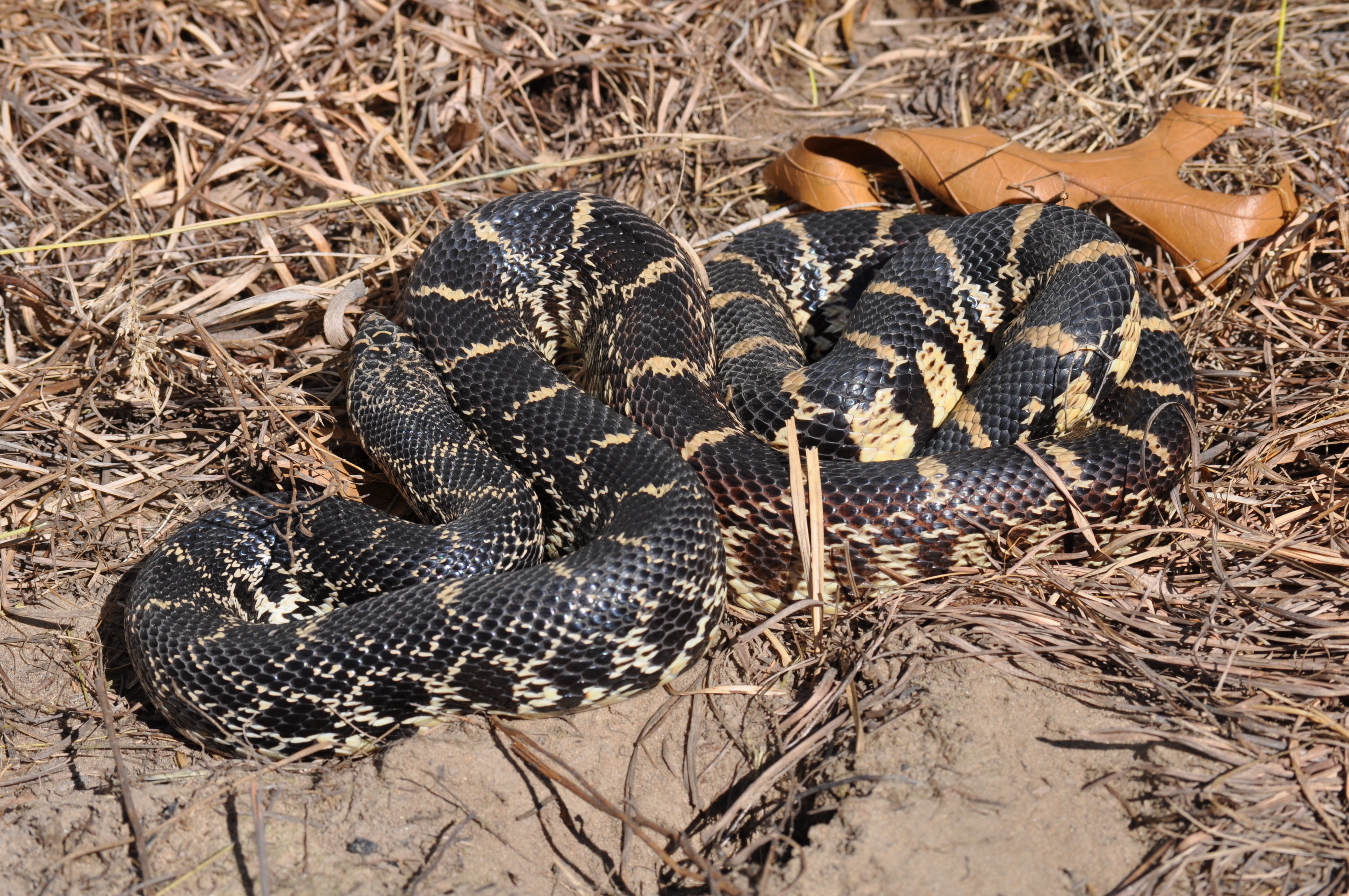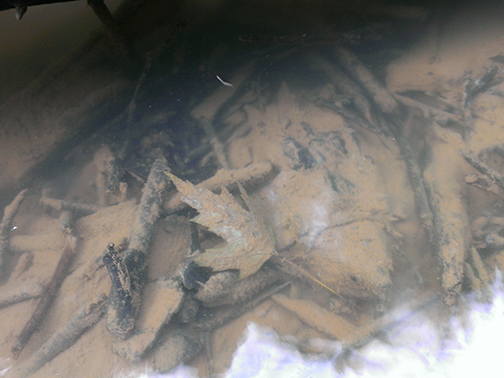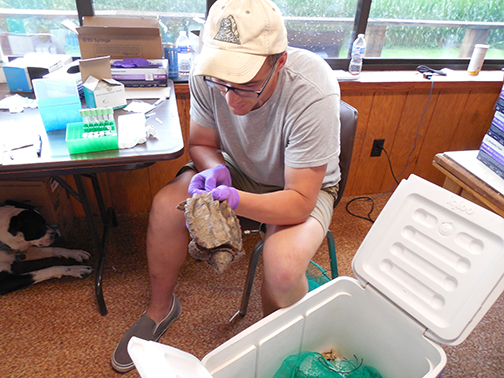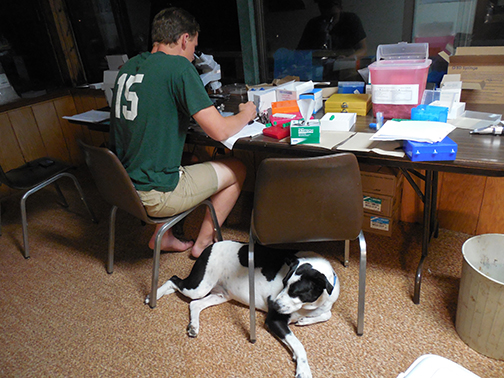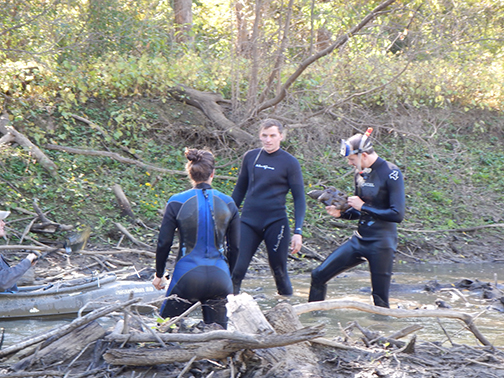Currently, the Smooth Softshell Turtle is listed as a State Endangered Species in Illinois and in 2013 we began our research. The goals were to 1) determine Factors affecting movement, home range, and habitat use, 2) obtaining estimates of population size and population structure, and 3) determine the freshwater turtle community structure. We followed 40 radio-equipped turtles at sites between the Lake Shelbyville and Carlyle Lake Dam and below the Carlyle Lake Dam until 2015. The work represeted Jason Ross’ Masters Thesis and was conducted in collaboration with IDNR Wildlife Biologist Robert Bluett. Funding for the project was provided by a State Wildlife Initiative Grant through the United States Fish and Wildlife Service.



